You have no items in your shopping cart.
Post Requirement
Painting works are performed on the plastered surfaces. If the plaster quality is not good, the creativity of painting will get spoiled. Before plastering the walls, we need to ensure the quality and fix it to prevent future damage.
Defects in Plaster
The primary defects appear in plastering are discussed below:
• Unevenness on Plastered Surface
This defect is purely due to unskilled workers.
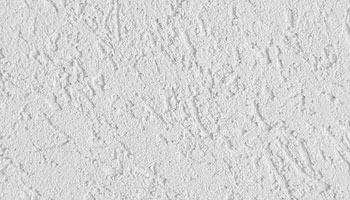
• Plaster Debonding
Debonding occurs when plaster is separated from the wall. It can be caused by an excessively thick plaster layer, inadequate substrate preparation or may be due to a dusty, oily or dry substrate.
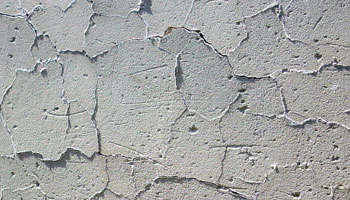
• Cracks in Plastering
There can be various reasons that lead to cracking on the plastered surface, and it's difficult to identify hairline cracks until they grow wider.

The cracks can be formed due to thermal expansion or rapid drying, movements in the background or in the plaster itself, improper preparation of the old surface, poor workmanship or due to excessive shrinkage of the plaster which occurs when the coat is too thick.
• Rust stains on Plastered Surface
This type of defect may be seen on the plastered surfaces applied on metal laths.
• Efflorescence
Efflorescence is a whitish crystalline substance on the surface of a wall. This appearance is due to the unburnt salt present in lime, cement, brick, sand and salt in water.
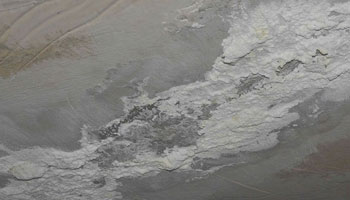
When the wall dries out, the soluble salts absorb moisture from the atmosphere through the pores and get deposited in patches in the form of white crystalline patches.
These patches disappear in wet climates and reappear in dry climates. It can be managed to some extent by repeated dry brushing and washing.
• Blistering
This defect is due to late slaking of the lime particles in the plaster. It appears as swellings in the form of small patches of the plastered surface.
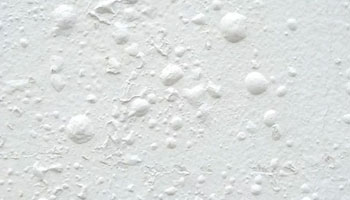
• Grinning
Grinning is the appearance of the mortar joints or similar breaks in the continuity of the surface characteristics of the background. Applying undercoat before plastering may help prevent grinning.
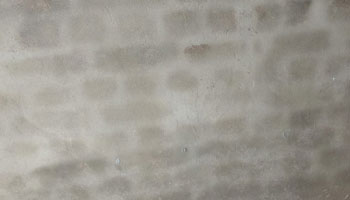
• Flaking and Peeling
Small loose masses are formed on plastered surfaces due to failure of bonding between the coats, known as flaking. If a small portion comes off the surface and a patch is formed, known as peeling.
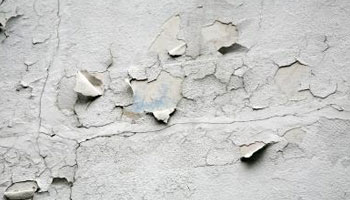
• Crazing
The development of fine hair cracks on the surface of the wall is known as crazing.
• Popping
Popping is the formation of conical holes in the plastered surface due to the presence of some materials such as seeds, dead burnt lime etc. which expands on the setting.
Precautions to be taken while plastering
- Ensure proper bonding between the surface of masonry and plaster.
- All loose material sticking to the masonry should be removed before plastering.
- Mortar joints in the masonry should be raked, and the areas that need to be plastered should be washed and kept wet.
- The joints should be cleaned by brushing or scrapping with wire brushes.
- The uniform level is tested with plumb-bob before filling the portions between the screeds.
- Specified cement, sand ratio should be used while making cement mortar.
- The mortar applied is premed hard using wooden floats.
Plastering should be done on well prepared dry surfaces that are suitable for recovering plaster. Skilled workers and good quality material should be used to avoid these defects.
Technically Reviewed by Rajesh Pagadala, MS, Founder & CEO - BuildersMart. Written by Vani paspula, Content Manager.
Vani Paspula
vidhu
posted on Jul 27, 2021 10:29:31 AMrenju prasanth
posted on Jul 10, 2021 10:40:55 AMPlasterers Auckland
posted on Feb 27, 2021 3:07:48 PMMYCONSULTANTINDIA
posted on Oct 12, 2020 1:48:24 PMLuneta Daihatsu
posted on Sep 30, 2020 10:53:55 AMparbriz
posted on May 19, 2020 11:16:38 AMalex smoulders
posted on Feb 13, 2020 6:18:59 PM


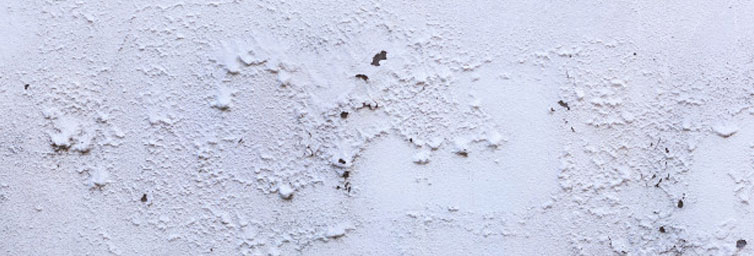










Obidur Rahman
posted on Aug 16, 2021 10:25:18 AM